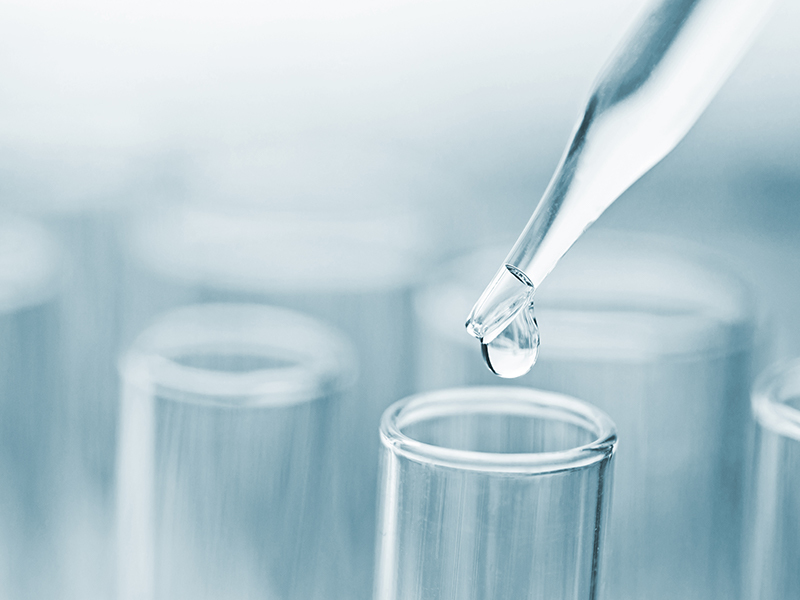Iron Related Bacteria (IRB) is a non-disease producing bacteria that can occur in a water supply when water carries bacteria from the well into treatment systems. While IRB contamination isn’t harmful, it can be nuisance. Iron bacteria are small living organisms that naturally occur in soil, groundwater, and surface waters. Iron bacteria is often found in close proximity to the well screen.
The iron bacteria oxidize iron into insoluble ferric iron and deposit it in the slimy gelatinous material surrounding their cells. IRB can flourish in environments with little iron present and in temperatures ranging from 40-60° F. Well waters are especially prone to IRB contamination, as many of them have these characteristics.
The slimy material produced by the IRB sticks to well pipes, pumps and plumbing fixtures, and to filter media. Although this slimy substance is not considered a health hazard, it can cause unpleasant odors, corrode plumbing equipment, and clog well screens and pipes. IRB can lead to a reduction in filtration efficiency, creating conditions that allow iron to be resistant to conventional iron removal technologies. Under certain conditions, the bacteria can grow at a rapid pace, causing an entire well system to be rendered unusable, in as little as a few months.
One quick and easy test for iron related bacteria is a Biological Activity Reaction Test (BART). These test kits are available through many different sources, including Tonka Water, a U.S. Water Brand. These test kits include a vial containing nutrients specific to the biological activity of interest. After a sample is taken, it is observed for a positive reaction over a period of days, usually up to a week. A reference key comes with the test kits, indicating the presence or absence of IRB, and the aggressiveness and approximate number of IRB present. One drawback of the BART test kits is that they may not detect filamentous-type IRB (i.e., some tests are false negative).
The other way to test for IRB is through an analytical laboratory. A water sample is cultured in the laboratory and observed under a microscope. This is a relatively expensive and highly specialized test. It should be noted that a well that has recently undergone chlorination, IRB may not be detectable through testing.
The best treatment for IRB is prevention. There are several methods for preventing and treating IRB contamination:
- Sanitization of well drilling equipment before use. Once the well is drilled, it should be shock chlorinated before being put into service.
- Installation of air scour and simultaneous air/water backwash systems in downstream filters will help prevent IRB from taking hold in treatment equipment.
- Institution of a properly designed well maintenance and disinfection program.
- Pre-chlorination practices
Treatment options include physical removal of heavily fouled wells and/or chlorination, acid treatment, or both.

